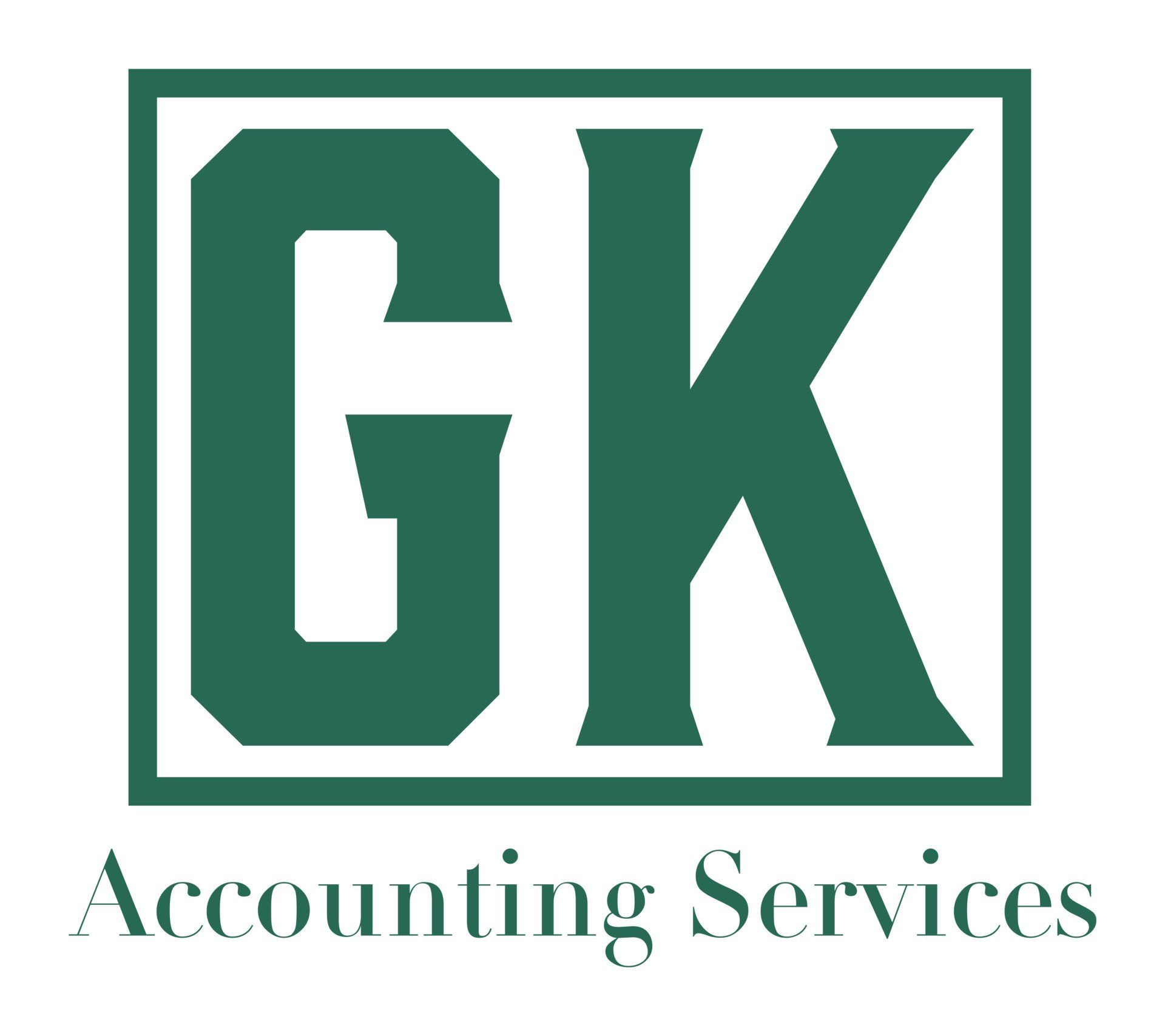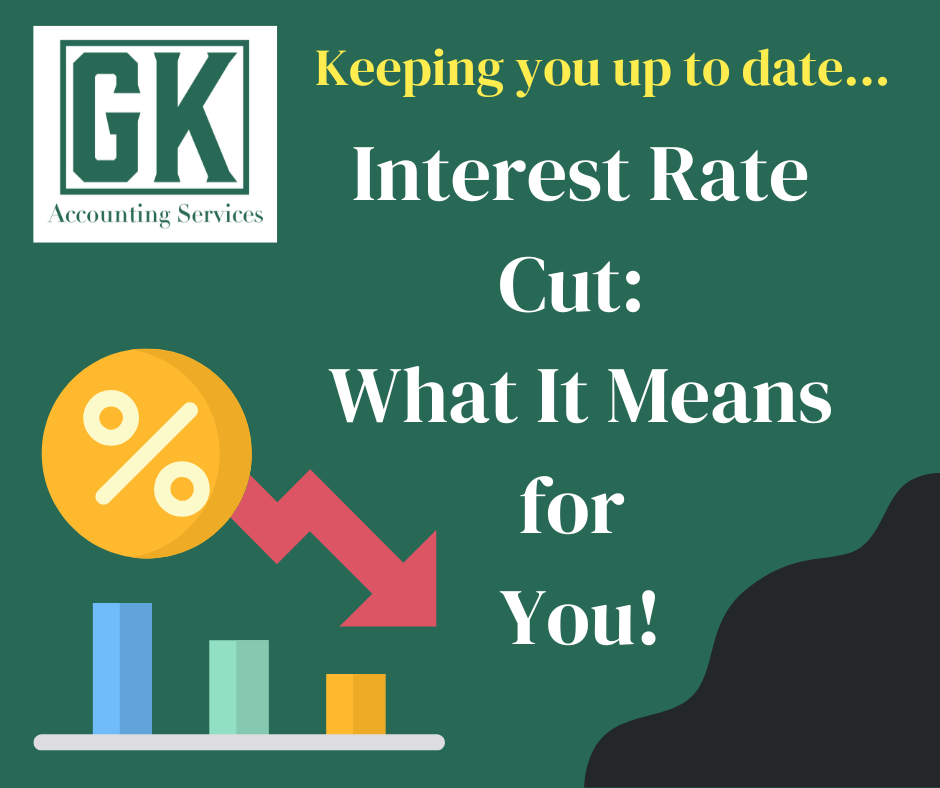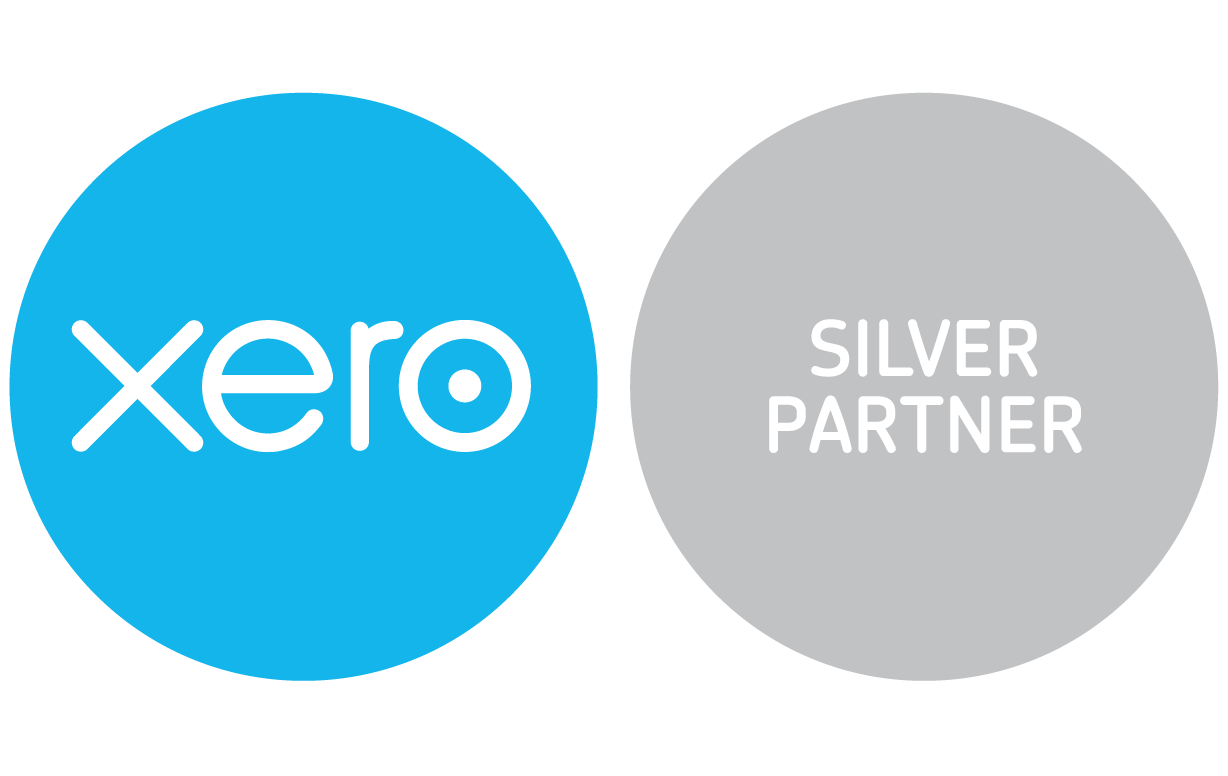Understanding Badges of Trade
You Might be as Excited as Us on This One!
The "badges of trade" are a set of criteria that HMRC uses to determine whether an activity is considered a legitimate business operation or simply a hobby that occasionally generates income. While these guidelines aren't absolute, they help in distinguishing when a hobby crosses over into a taxable business activity.
Given the complexity and the extensive case law surrounding this issue, it’s evident that deciding whether an activity qualifies as a business is not always straightforward. Both HMRC and the Courts emphasise the importance of assessing the overall situation rather than focusing on individual criteria alone.
HMRC considers the following nine badges of trade to assess whether a hobby may actually be a trade:
- Profit-Seeking Motive: Is the primary aim to make a profit?
- Frequency of Transactions: How often do sales or transactions occur?
- Nature of the Asset: Is the item being sold something that is typically bought and sold for profit?
- Presence of Similar Trading Activities or Interests: Are there other activities or interests that indicate trading?
- Alterations Made to the Asset: Has the asset been modified to increase its sale value?
- Method of Sale: How are the goods or services being sold?
- Source of Funding: How was the purchase funded?
- Time Elapsed Between Purchase and Sale: How long was the asset held before it was sold?
- Method of Acquisition: How was the asset acquired?
Currently, taxpayers can earn up to £1,000 each tax year from their hobby without it being classified as a trade for tax purposes, even if HMRC might otherwise consider the activity to be a trade.





